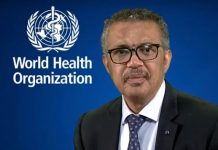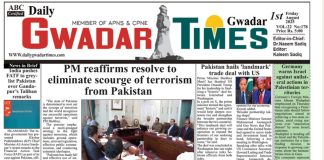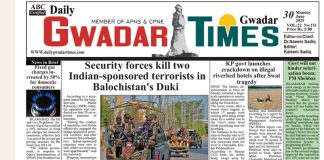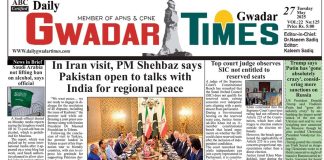By Ramesh Raja
The monsoon rains of August 2025 did more than flood Lahore—they exposed Pakistan’s fragile relationship with its rivers. The Ravi, Chenab, and Sutlej swelled simultaneously, inundating neighbourhoods, destroying property, and displacing hundreds of thousands.
For residents of Lahore’s poorer quarters, the floods meant watching meagre belongings swept away. In Park View City—an emblem of middle-class aspiration—families saw homes purchased over years of savings submerged in water. The Punjab Disaster Management Authority (PDMA) described it as the worst flooding in living memory, triggered by three rivers cresting together in an unprecedented convergence.
—
A Treaty’s Long Shadow
The disaster has reignited debate over the 1960 Indus Waters Treaty, mediated by the World Bank to divide the Indus Basin. Under the agreement, the Ravi, Beas, and Sutlej were allocated to India, while Pakistan retained the Indus, Jhelum, and Chenab.
Celebrated as a diplomatic breakthrough, the treaty reduced rivers to divisible assets, ignoring their ecological wholeness. The Ravi, once central to Lahore’s culture and agriculture, has dwindled into a toxic trickle. Upstream diversions curtailed its flow, while downstream untreated urban waste poisoned its waters. Its floodplains—once natural safety valves during heavy rains—have steadily been lost to unchecked construction.
—
Urban Ambition, Ecological Blindness
The creation of the Ravi Urban Development Authority (RUDA) epitomises this disregard for ecology. Marketed as a “new Dubai” along the riverbanks, the project promised luxury enclaves, high-rises, and commercial centres.
Environmentalists repeatedly warned that building on floodplains would magnify risks. Their warnings proved prescient when the 2025 monsoon struck. With floodplains erased, water surged into housing schemes and commercial zones, destroying the very developments touted as symbols of progress.
—
Climate Pressures and Governance Failures
Pakistan contributes minimally to global carbon emissions but is among the countries most vulnerable to climate change. Melting Himalayan glaciers now swell rivers in summer while starving them in winter. Monsoons, once predictable, have grown increasingly erratic and intense.
This year’s floods were aggravated by India’s suspension of cooperation under the Indus Waters Treaty, which disrupted upstream flow data vital for flood forecasting. Emergency managers in Punjab reported receiving delayed alerts, leaving downstream communities unprepared.
Domestic shortcomings further deepened the crisis. Disaster management frameworks remained largely on paper, and coordination between provincial and federal authorities was weak. Once again, climate shocks collided with institutional inertia.
—
Beyond the Floods
The receding waters have left more than broken homes and submerged farmland. They revealed growing public frustration with weak law enforcement, unregulated development, and a governance model prioritizing commercial gain over public safety.
Experts argue that Pakistan must treat the 2025 floods as a turning point. Integrated basin management, restoration of floodplains, and robust early-warning systems are no longer optional—they are essential. Reviving cross-border cooperation on shared waters is equally urgent, despite political tensions.
For Lahore’s residents, the return home is fraught with uncertainty. Mud-caked walls and damaged infrastructure are visible scars—but the deeper lesson remains clear: rivers cannot be bound by treaties or contained by concrete. They will reclaim their space, whether policymakers prepare for it or not



































